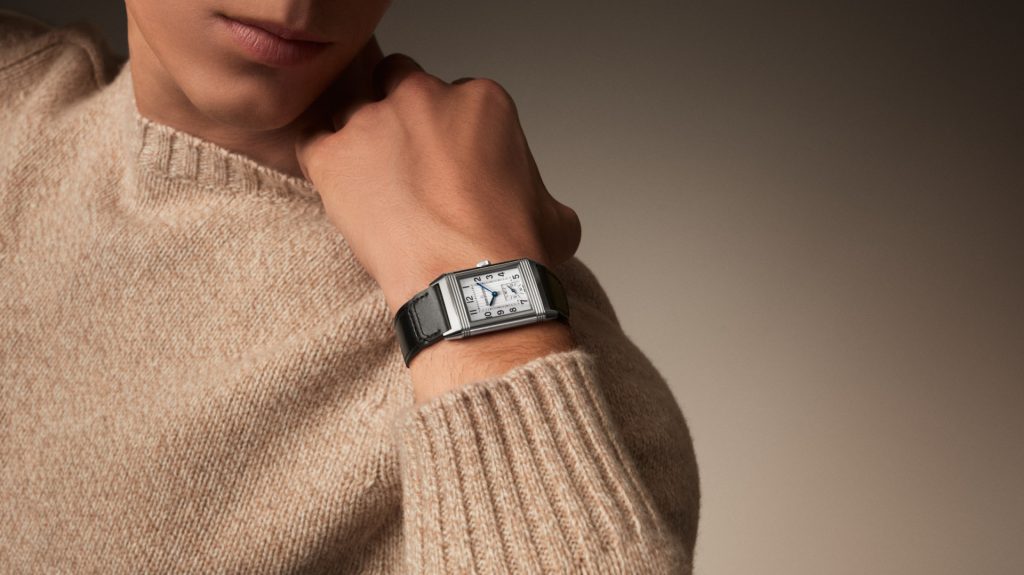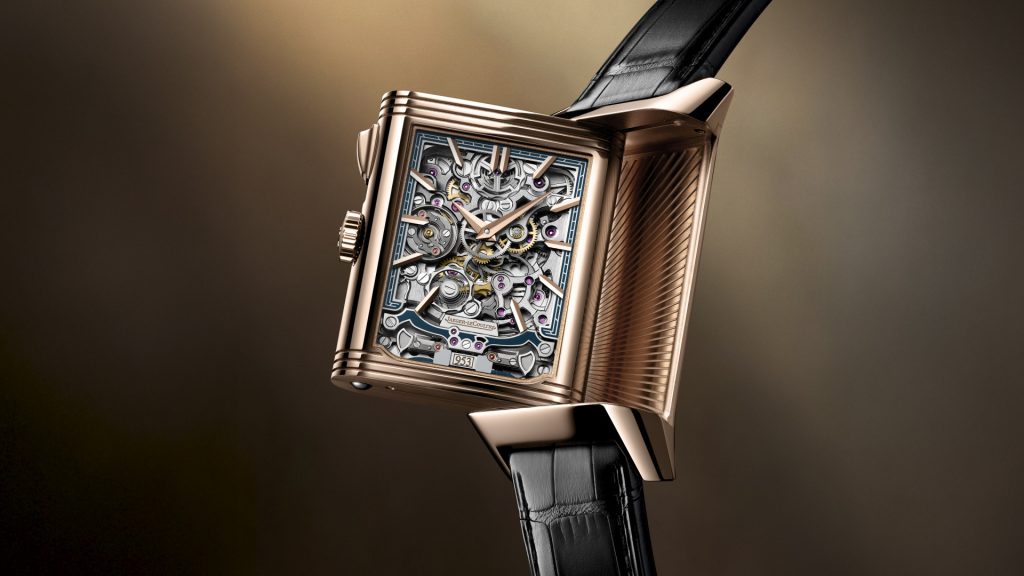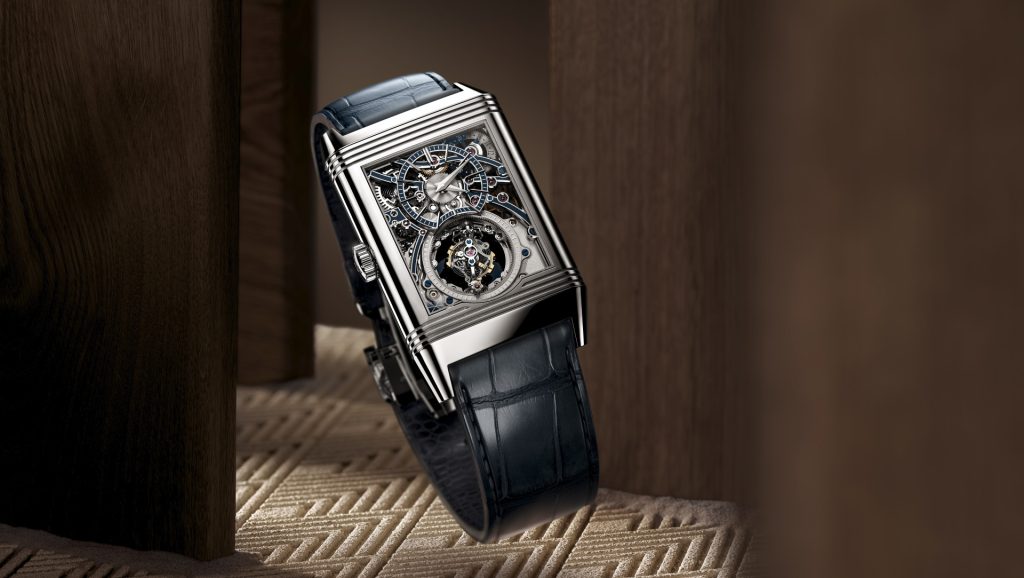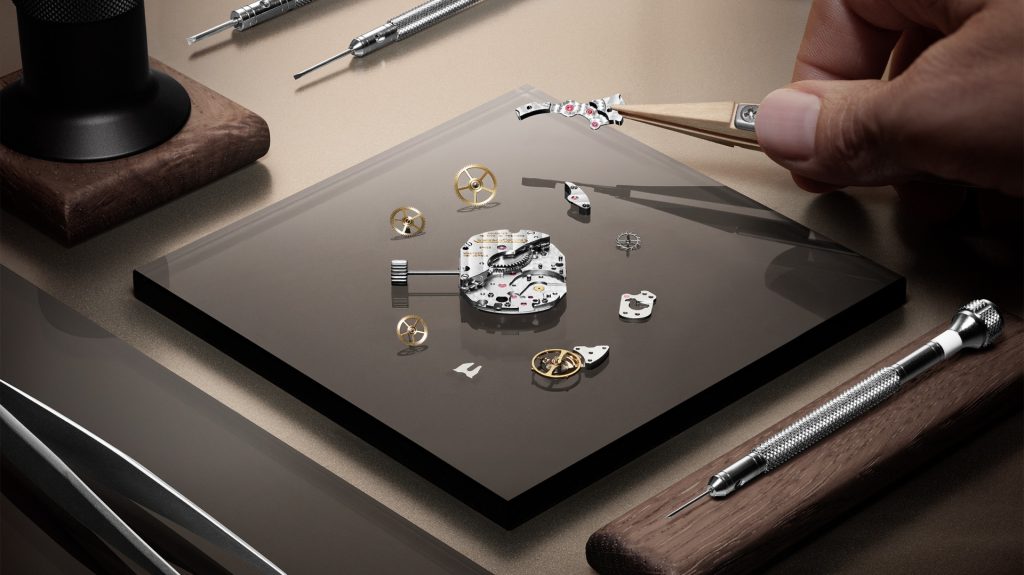How India Shaped the Legacy of the Jaeger-LeCoultre Reverso Watch
Born from the polo fields of colonial India, the Jaeger LeCoultre Reverso remains an enduring emblem of refined ingenuity and artistic precision, connecting East and West through a shared appreciation for design, legacy and the spirit of timeless luxury that transcends eras and cultures
Few timepieces in the history of horology carry a story as deeply intertwined with India as the Jaeger LeCoultre Reverso. Its genesis traces back to the early 1930s, when British army officers stationed in India faced a peculiar challenge. Between fierce polo matches and elegant evening gatherings, their wristwatches often suffered the brunt of the sport’s intensity, their fragile crystals shattering under impact. The need for a durable yet stylish watch birthed a conversation that would eventually shape one of the most iconic designs in the world of fine watchmaking.

It was in this milieu that the Reverso was born in 1931, embodying the inventive spirit of its era. Commissioned to create a watch capable of surviving the rigours of polo while maintaining aesthetic grace, Jaeger LeCoultre introduced a case that could swivel within its frame, protecting the dial and crystal when needed. What began as a practical solution for the polo fields of India soon evolved into a timeless symbol of Art Deco elegance and mechanical mastery.
From the Polo Fields to the Modern Wrist
The Reverso’s story in India began on sunlit polo grounds, but its connection to the country runs deeper than mere function. The Art Deco design, with its sleek lines and geometric precision, resonated with the architectural and artistic movements that flourished in pre-independence India. As the decades passed, the watch’s dual nature – one face elegant, the other protective – mirrored India’s own duality of tradition and modernity.
Collectors in India, both seasoned connoisseurs and new enthusiasts, have long admired the Reverso’s heritage. For many, owning a Reverso is more than a statement of luxury; it is a link to a shared history of refinement and ingenuity. In recent years, as India’s appreciation for fine watchmaking deepened, the Reverso has become a symbol of cultured discretion, a watch that speaks softly yet commands profound respect.

The Craft of the Swing Case
At the heart of every Reverso lies its ingenious swing case – a mechanical marvel that is deceptively simple yet profoundly intricate. The case is composed of more than 50 individual components, each hand-finished to ensure perfect alignment and smooth motion. The mechanism relies on a pivoting carriage fitted with micro ball bearings that allow the rectangular case to glide effortlessly within its frame before locking securely back into place.
This reversible design is achieved through exacting precision, where tolerances are measured in fractions of a millimetre. The metal components are polished to an immaculate finish, ensuring that the flipping action remains silent and seamless even after decades of use. Each case is assembled and tested multiple times by Jaeger LeCoultre’s artisans in the Vallée de Joux to guarantee durability, balance and that satisfying click when the watch returns to its original position.
Over the years, the Reverso case has evolved while retaining its core ingenuity. Early models were made in stainless steel and yellow gold, but modern renditions explore rose gold, platinum and even titanium. Despite these material innovations, the spirit of the swing case remains unchanged – a fusion of functionality, artistry and timeless beauty.
Variations of the Reverso

Jaeger LeCoultre has continually reimagined the Reverso to suit different tastes and eras while preserving its unmistakable identity. The Reverso Classic retains the elegant guilloché dial and blue hands reminiscent of the 1930s original, while the Reverso Tribute pays homage to the Art Deco aesthetic with minimalist lines and deep hues. The Reverso Duoface introduced dual time zones, allowing travellers to display two different times on opposite sides of the same case.

For those who seek artistic expression, the Reverso One brings femininity and finesse with delicate proportions and mother-of-pearl dials. Meanwhile, the Reverso Tribute Enamel transforms the watch into a miniature gallery, showcasing enamel artistry and engraving on the reverse side. The most complex iterations, such as the Reverso Tribute Gyrotourbillon, showcase Jaeger LeCoultre’s technical prowess, integrating advanced complications within the reversible design without compromising its elegant form. Each variation reflects a balance between innovation and reverence for the original concept, ensuring that the Reverso remains both timeless and contemporary, classic yet progressive.

A Canvas for Artistry and Emotion
Jaeger LeCoultre’s workshops in the Vallée de Joux are known for blending mechanical expertise with artistic expression, and the Reverso remains their most versatile canvas. Its reversible case, initially conceived for protection, soon became a surface for personalisation. Enamel paintings, engravings and guilloché patterns transformed the hidden caseback into a work of art.
Indian patrons, drawn to craftsmanship and storytelling, have embraced this opportunity to personalise their Reverso watches. Many have commissioned motifs inspired by Indian art, architecture and nature – from intricate lotus designs to enamel depictions of Mughal palaces. Each engraving tells a story, connecting the Swiss craft with Indian sentiment, and reinforcing the bond between creator and wearer.